one21productions
TPF Noob!
- Joined
- Oct 28, 2015
- Messages
- 7
- Reaction score
- 0
- Can others edit my Photos
- Photos NOT OK to edit
Yeah I saw that, looks interesting. The house I was shooting was selling for $65 mil, but they definately didnt pay me enough to bring in lights within their two hour limit. But will keep that in mind!!!



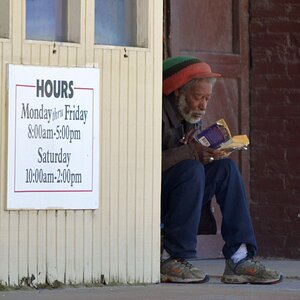
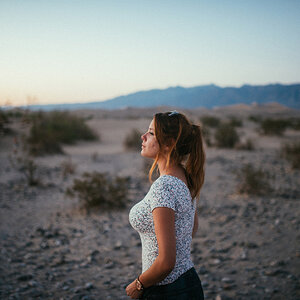
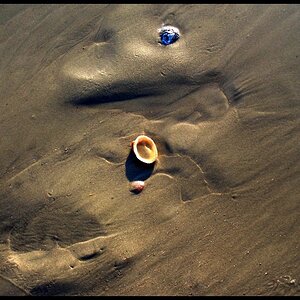

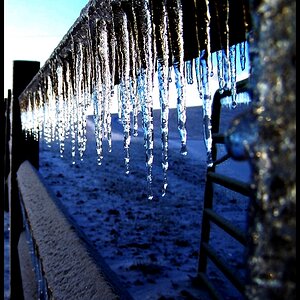
![[No title]](/data/xfmg/thumbnail/32/32929-22e23acc63d6ecb25e5ee941be87121f.jpg?1619735758)
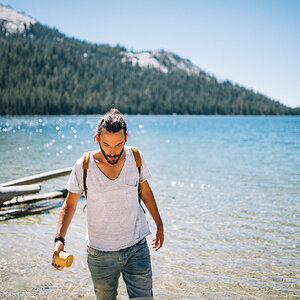

![[No title]](/data/xfmg/thumbnail/37/37102-ef61523dcb48f0bd3a761c8bb5cea767.jpg?1619737881)
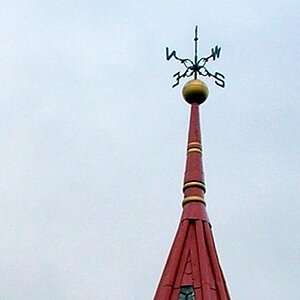
![[No title]](/data/xfmg/thumbnail/37/37604-7ad625e983f92f880eb65a264eeef5e4.jpg?1619738148)